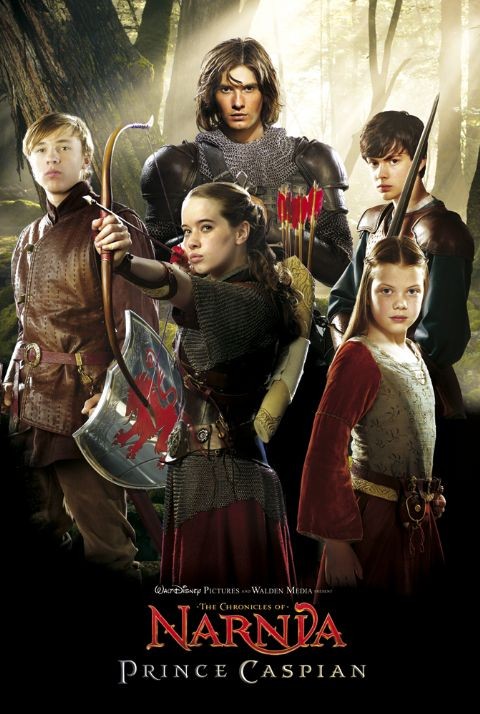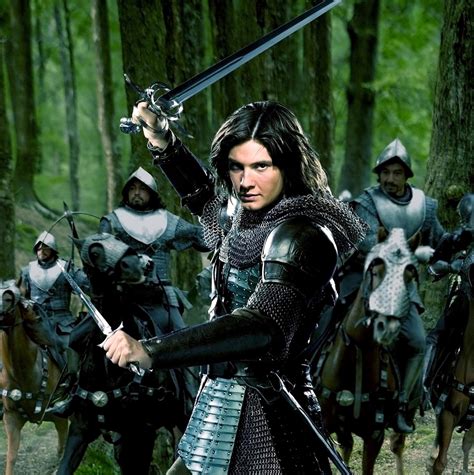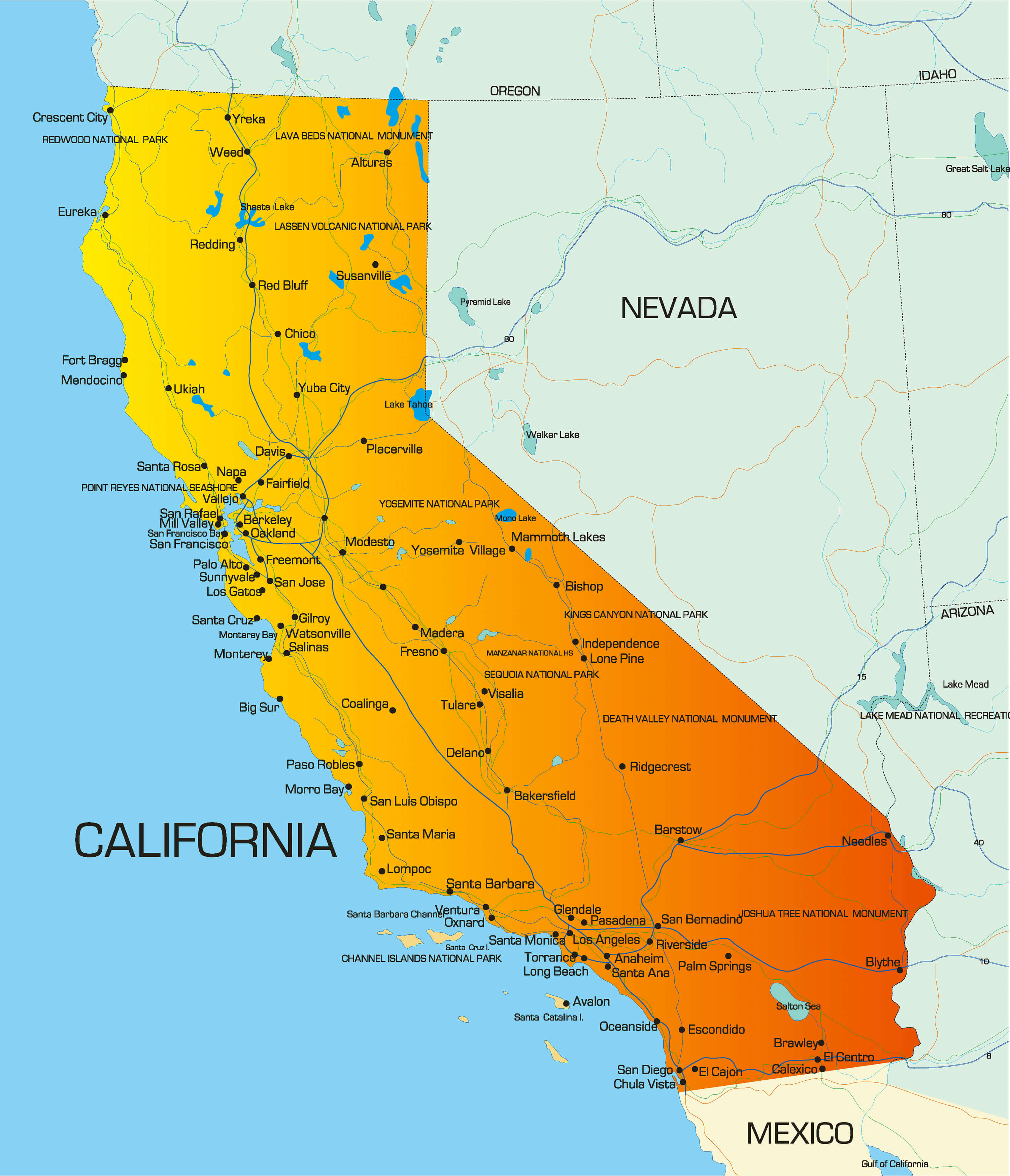In the realm of fantasy, few tales have captivated the hearts of readers and audiences alike as the story of Prince Caspian, the fourth book in The Chronicles of Narnia series by C.S. Lewis. This enchanting narrative has been a cornerstone of children’s literature for generations, offering a rich tapestry of adventure, magic, and moral complexity. As we delve into the world of Narnia, it becomes evident that Prince Caspian is more than just a tale of good vs. evil; it’s an exploration of the human condition, replete with themes of identity, duty, and the power of imagination.
One of the most striking aspects of Prince Caspian is its nuanced portrayal of the Pevensie children, who find themselves once again transported to the mystical land of Narnia. This time, however, they are not the central protagonists; instead, they serve as catalysts for the story, guiding the titular character, Prince Caspian, on his quest to reclaim his rightful throne. This subtle shift in focus allows Lewis to explore the complexities of leadership, loyalty, and the burden of responsibility, as embodied by the eponymous prince.
The narrative begins with the Pevensies, now back in the real world, struggling to adjust to life after their previous adventures in Narnia. The memory of their time in the fantastical realm has begun to fade, and they are dismissively told that their experiences were merely the product of childish fancy. However, this perception is soon shattered when they are suddenly and inexplicably returned to Narnia, only to find that a significant amount of time has passed since their last visit. The land they once knew is now vastly different, with the Telmarine occupation having supplanted the old Narnian order. It is here that they encounter Prince Caspian, the rightful king of Narnia, who has been forced into hiding by his usurping uncle, King Miraz.
Throughout the story, Lewis masterfully weaves together elements of mythology, history, and fantasy, creating a world that is both familiar and yet refreshingly unique. The character of Prince Caspian, in particular, is noteworthy for his multidimensional personality, which blends courage, compassion, and a deep sense of duty. His journey is not merely one of conquest but also of self-discovery, as he grapples with the weight of his heritage and the moral ambiguities of leadership.
One of the most compelling aspects of Prince Caspian is its exploration of the theme of identity. The Pevensies, having grown older and more worldly, must confront the dissonance between their past experiences in Narnia and their current lives in the real world. This internal conflict serves as a powerful metaphor for the challenges of growing up and the struggle to maintain a sense of wonder and imagination in an increasingly mundane world. Similarly, Prince Caspian’s quest to reclaim his throne serves as a powerful allegory for the search for one’s true purpose and the responsibility that comes with it.
The world of Narnia, as envisioned by Lewis, is also noteworthy for its richly detailed landscape and the vibrant array of characters that inhabit it. From the enigmatic and mysterious Old Narnians to the villainous King Miraz and his Telmarine cohorts, each character is meticulously crafted to serve a specific purpose within the narrative. The fantastical creatures of Narnia, including the centaurs, fauns, and talking beasts, add a layer of depth and wonder to the story, underscoring the magic and majesty of this imagined world.
In addition to its thematic depth and memorable characters, Prince Caspian is also distinguished by its thought-provoking exploration of moral complexity. The story raises important questions about the nature of right and wrong, the morality of war, and the consequences of one’s actions. These themes are skillfully interwoven throughout the narrative, presenting readers with a nuanced and multifaceted exploration of the human condition.
What is the central theme of Prince Caspian?
+The central theme of Prince Caspian is the struggle for identity, duty, and the power of imagination, set against the backdrop of a battle between good and evil.
Who is the main protagonist of the story?
+While the Pevensie children play a significant role in the narrative, the main protagonist of the story is Prince Caspian, the rightful king of Narnia, who is on a quest to reclaim his throne.
What is the significance of Narnia in the story?
+Narnia serves as a symbol of imagination, wonder, and the magic of childhood. It is a world where anything is possible, and where the boundaries between reality and fantasy are blurred.
What are some of the key moral lessons in Prince Caspian?
+Some of the key moral lessons in Prince Caspian include the importance of loyalty, duty, and responsibility, as well as the need to confront and overcome one's fears and doubts.
In conclusion, Prince Caspian is a timeless tale that has captivated readers for generations with its richly detailed world, memorable characters, and thought-provoking themes. As a work of fantasy, it offers a unique lens through which to explore the human condition, inviting readers to reflect on their own values, beliefs, and sense of purpose. Whether you are a seasoned fan of The Chronicles of Narnia or discovering the series for the first time, Prince Caspian is a story that will continue to inspire, educate, and delight readers of all ages.
As we reflect on the story of Prince Caspian, it becomes clear that the true magic of Narnia lies not in its fantastical creatures or mythical landscapes but in the way it taps into our deepest desires, fears, and aspirations. It is a testament to the power of imagination and the human spirit, reminding us that even in the darkest of times, there is always hope, always a chance for redemption, and always a new adventure waiting just beyond the horizon.
Exploring the World of Narnia: A Step-by-Step Guide

Step 1: Enter the Wardrobe
Begin your journey into the world of Narnia by entering the magical wardrobe, a portal that transports you from the ordinary world to a realm of wonder and enchantment.
Step 2: Meet the Pevensies
Join the Pevensie children on their adventures in Narnia, as they discover the secrets of this mystical land and confront the challenges that lie within.
Step 3: Encounter the Creatures of Narnia
Meet the fantastical creatures that inhabit the world of Narnia, including talking beasts, centaurs, and fauns, each with their own unique personalities and stories to tell.
Step 4: Explore the Landscapes of Narnia
Discover the diverse landscapes of Narnia, from the rolling hills and forests to the snow-capped mountains and the dark, mysterious castles.
Step 5: Join the Battle Between Good and Evil
Join the battle between good and evil, as the forces of light and darkness clash in a struggle that will determine the fate of Narnia and its inhabitants.
In the end, the story of Prince Caspian reminds us that the true power of imagination lies not in its ability to transport us to new worlds but in its capacity to transform us, to help us see ourselves and our place in the world in a new light. As we close the book on this chapter of The Chronicles of Narnia, we are left with a sense of wonder, a sense of awe, and a sense of gratitude for the magic of Narnia, a world that will continue to captivate and inspire us for generations to come.



